Plein air painting events stimulate interest in outdoor painting among collectors, artists, and critics, but they can also pressure artists to abandon their unique styles of art and adopt accepted community standards. Cynthia Rosen is resisting that pressure.
“My personal vision leads me to create plein air paintings that are clearly different than most of the pieces included in festival exhibitions,” says Cynthia Rosen. “I adore seeing beautiful traditional, classical, and impressionist styles of painting, whether developed in a studio or outdoors, and I frequently visit websites that show such work because I can learn from studying each painting. But the reality is I just don’t want to paint that way, and nature doesn’t inspire me to respond in a similar way. For me, working on location is like being on a diving board waiting to spring into something exciting.
“Following my own muse does have consequences. While I have developed a following among collectors, when it comes to the plein air movement, I sometimes feel I am swimming upstream, against the tide. The plein air ‘community’ has promoted ‘traditional’ subjects and styles of painting. And I’m not alone in feeling marginalized by artists who have invested heavily in promoting their point of view. Artists like me who forge their own approach to outdoor painting repeatedly come up against a bit of a wall in this regard.”
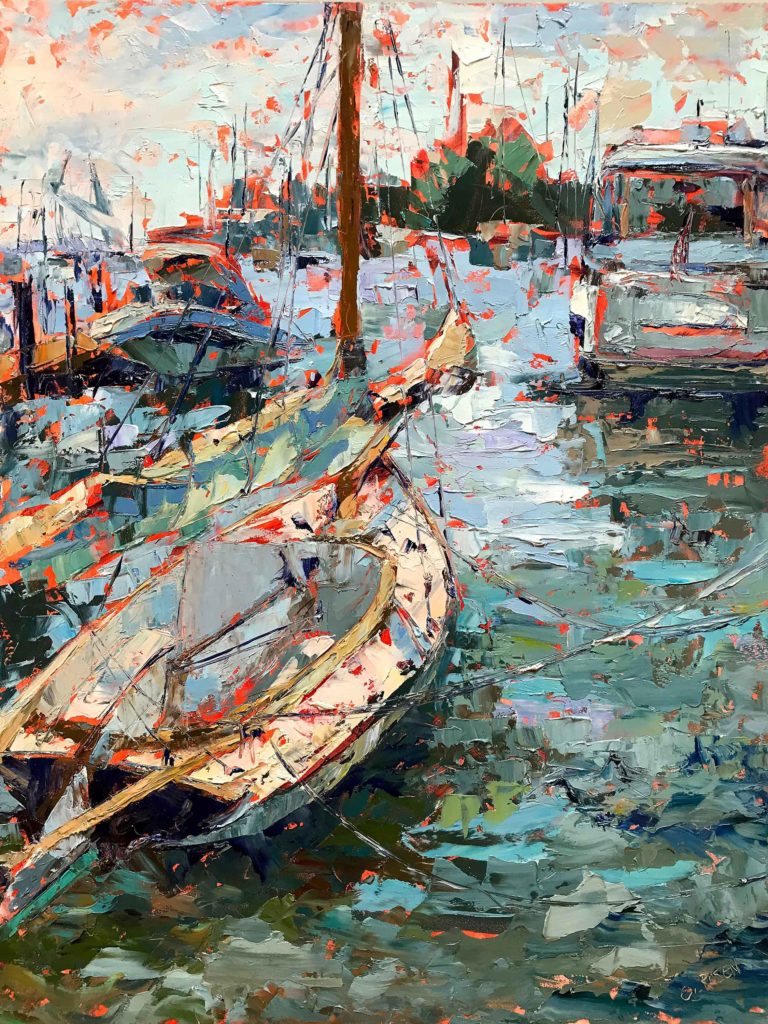
Plein air
Broader Horizons
“I would like to see the plein air community broaden its horizons to more readily include those of us who have other intents and approaches to outdoor painting,” says Rosen. “When I first joined the online plein air community, some artists expressed disdain toward my work, suggesting I was completely clueless about how to paint. Others intimated that I ‘should not paint plein air if I was going to paint like that!’ I remember being thrilled when an accomplished traditional painter messaged me, ‘I did not think you knew what you were doing, but I now see you do.’ I understand that a difference of opinion makes the world go round. It’s just a bit of a rockier road when artists decide to go off the primary trail. I am guess I am off-trail.”
The “off-trail” path Rosen is following began just after her 60th birthday, when her sister bought her a French easel and an umbrella. “Life circumstances had me dividing my residency between Vermont and Arizona, and after doing murals for a hospital in Long Island and a restaurant in New York City, I decided to revive my art career,” the artist recalls. “I heard about a group of Arizona artists who painted outside, and I joined those artists and learned more about the unique challenges of plein air.
“I already had a selection of blue oil colors, transparent orange, and titanium white, but I needed a broader palette and a greater understanding of how to mix those colors. I bought a palette knife I could use to mix various color combinations, and I enjoyed using it so much I didn’t put it down. It gave me an effective way of using beautiful colors even when they didn’t match the actual hues in nature and then adjusting them to effectively represent what I saw and felt outdoors. When I returned to making art, my son, artist Ian Marion, suggested I paint representationally. Having raised my children in Vermont, I loved the out-of-doors and in fact left NYC, after a year in residence there, as a result. I did not know the term ‘plein air.’”
Rosen goes on, “As I was learning more about plein air, I painted two panels each day for a few months. On one of the panels, I created a more representational image, and on the other the image was abstract. My goal was to learn, and the faster I painted, the more I learned. Even now, if I use panels that are 16 x 20 inches or smaller, I create more than one view of a location, and if I have hiked a long way to a painting site, I will likely develop three pictures.”
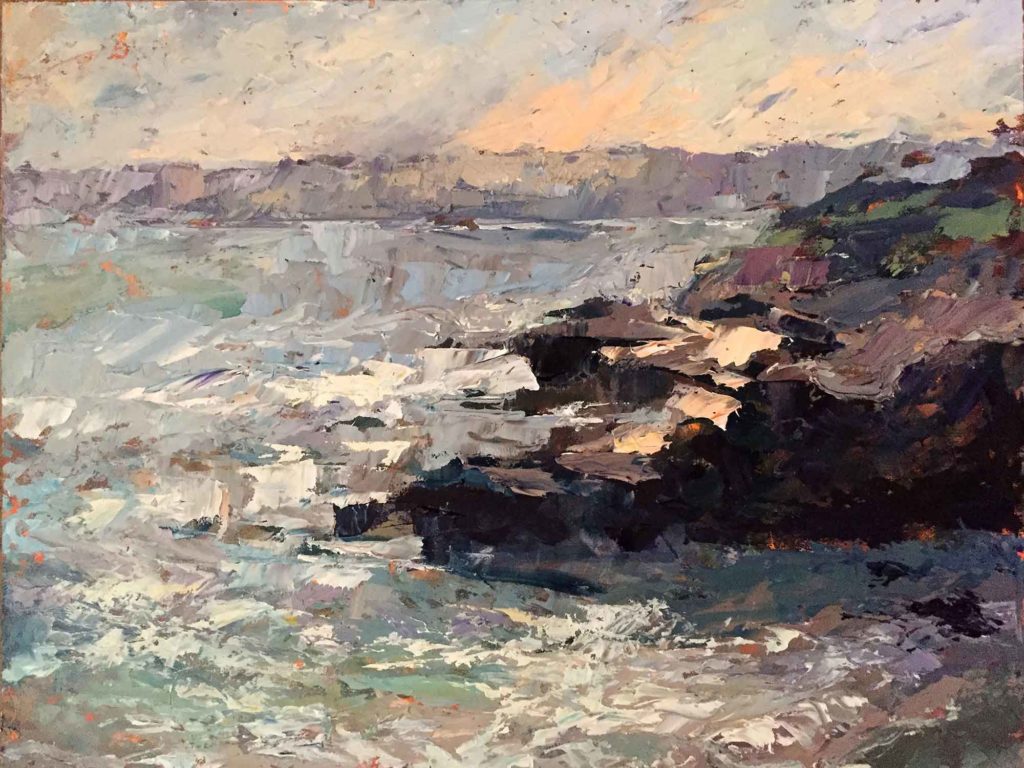
Looking Larger
“At this point, I am anxious to create much larger paintings on location,” says the artist. “I have always loved Mark Rothko’s large abstract paintings, and I’m planning to do a 4- or
5-foot painting outdoors using some of the ideas of Color Field painters like Rothko.”
The Color Field artists, such as Rothko, Helen Frankenthaler, Jules Olitski, and Morris Louis, stained their canvases with thin washes of color — sometimes on unprimed canvas — to create more subtle and lyrical images as a response to the Abstract Expressionists. In many cases, those stained canvases were quite large because scale was important to the overall impact of the Color Field approach. “The issue of scale is important to the painting process, and I want to explore painting on a variety of surfaces,” Rosen reiterates. “When in Vermont, I am blessed with a deck on my home so even my large works can be painted, or partially painted, outside, weather permitting.”
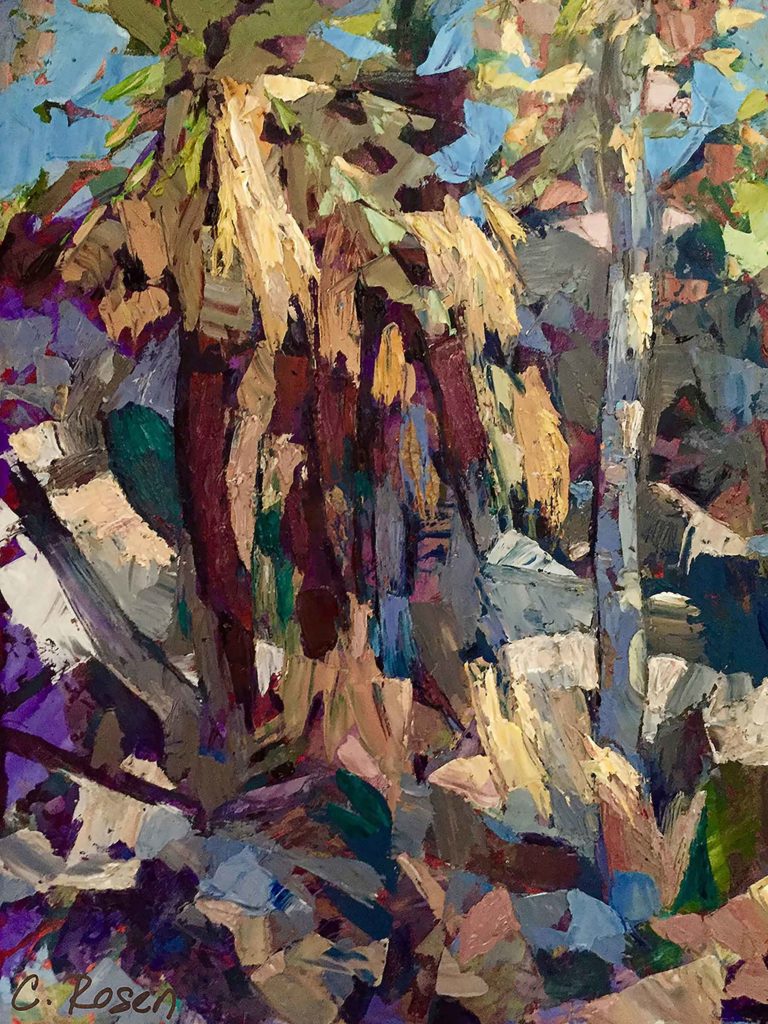
Painting Supplies & Procedures
Rosen uses a fairly extensive palette of colors that includes the following Gamblin oils: Prussian blue, dioxazine purple, alizarin crimson permanent, cadmium red medium, cadmium orange, and two yellows — cadmium yellow medium and either Hansa yellow or cadmium yellow light. On the cooler side of her palette, the artist lays out phthalocyanine or cobalt blue, zinc white, and titanium white.
“Titanium by itself can feel chalky, and zinc white can be oily and too transparent for tinting colors,” the artist says. “I mix zinc and titanium to get a smoother-flowing, less chalky paint that is strong enough to use in making tints.”
Depending on the location, she will sometimes add Indian yellow, king’s blue, radiant blue, and cerulean blue for the convenience of working quickly.
Rosen prefers working on hard panels rather than flexible canvas, and she always tints the panels with a wash of warm colors ranging from orange to alizarin, sometimes adding a touch of dioxazine purple. “I never paint on white, and my favorite tone is red because when it shows up between the subsequent brushstrokes, it adds richness to the painting.”
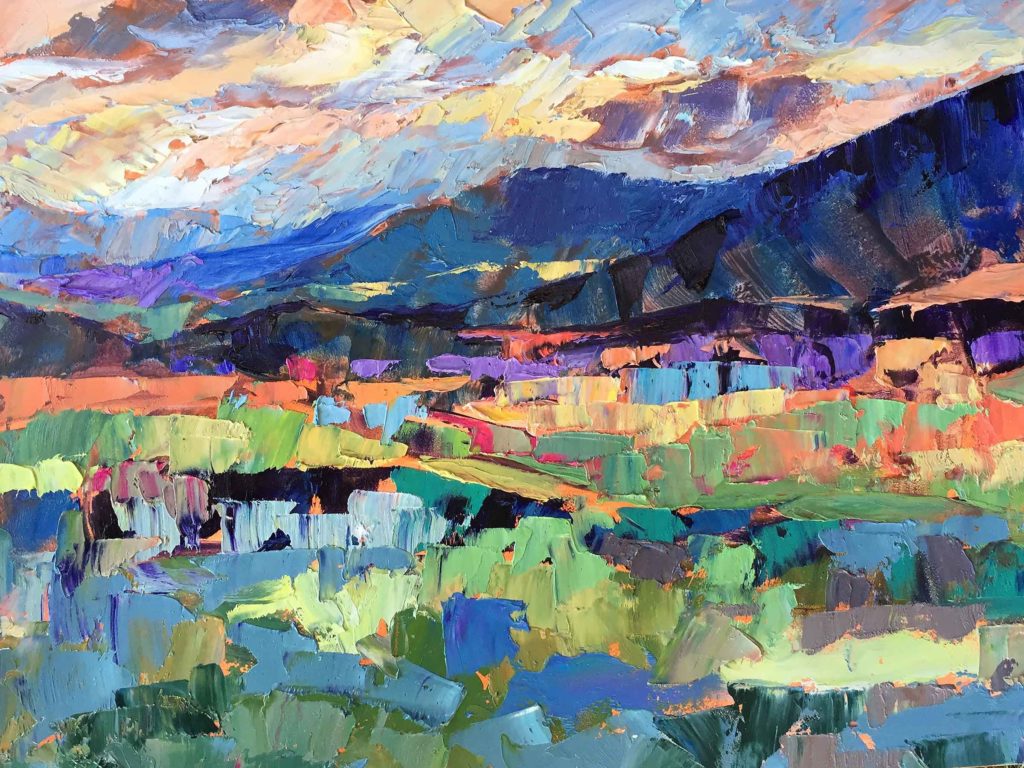
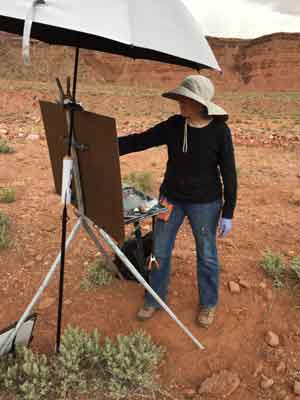
CYNTHIA ROSEN attended the Boston Museum School in the 1970s, where she focused on drawing black-and-white images. She had professional success even before leaving the museum school, with a show at the Boston Athenæum and work in New York City and Philadelphia galleries. She later taught in a K-3 public school in Vermont and then in a 6-12 private school while raising her family, and she became involved in creating large sets for theatrical productions. Her experience also included setting up art programs in halfway houses, jails, and other human service organizations.
WATCH > Cynthia Rosen: Expressive Landscape Painting – Palette Knife in Plein Air

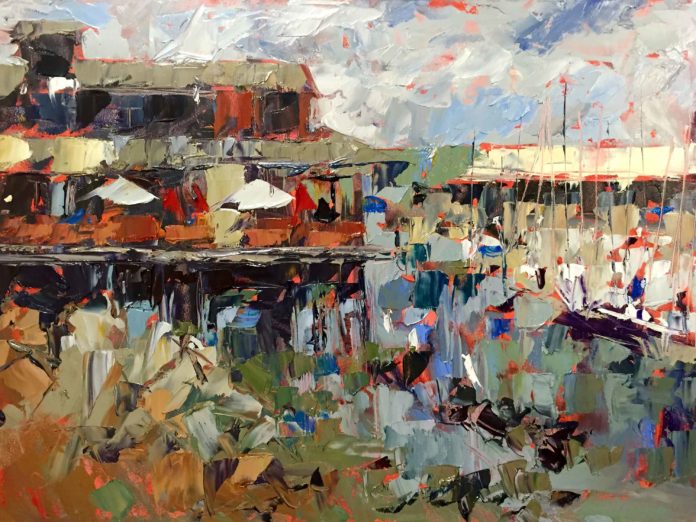
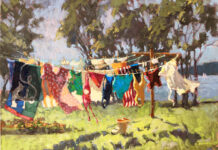
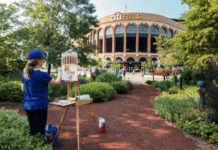

Cynthia, love your work and your story. I also prefer painting en plein air with a palette knife. I find your “off-trail” approach very inspiring!
Stunningly beautiful work Cynthia.Kudos to you for following your own unique path!
I really like your “uniqueness” and the story of sticking to being YOU and not being led away from what you wanted to do. Sometimes this isn’t easy to do.
I too, have been told to paint things I don’t feel are right for me, so now (at 67) I’m going to just paint my story and that will be my happy, self fulfilled place in this world.
Diane
Artist / Sailor
My life at sea
Cynthia
You are a beautiful person and painter! I feel privileged to know you!
Pat
Love the energy in your work. Wondering if you work slow and methodical or are more rhythmic and high energy when you paint? Regardless, they are very stylized and pleasing! Well done!
Cynthia, thank you for writing with such honesty, and I am with you in spirit! I would also love to see: “… the plein air community broaden its horizons to more readily include those of us who have other intents and approaches to outdoor painting”. Plein Air painting has so many reasons and results for different artists, and stretching the boundaries would benefit all.